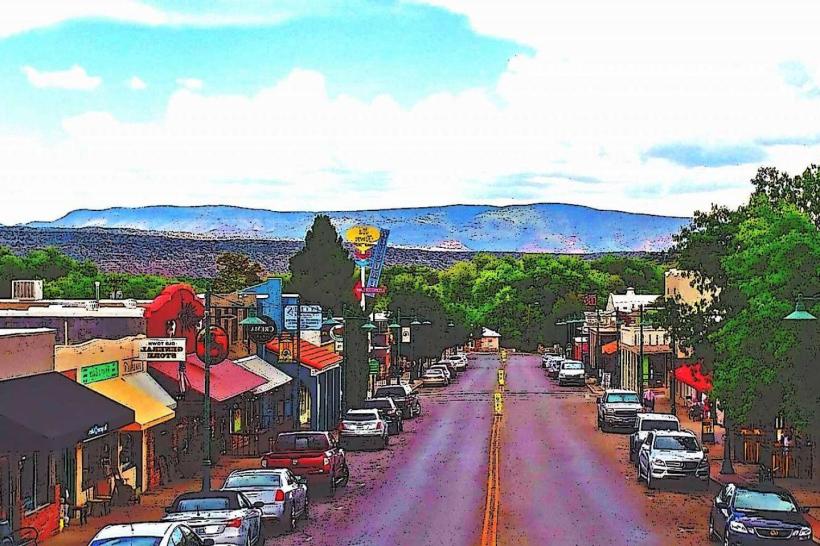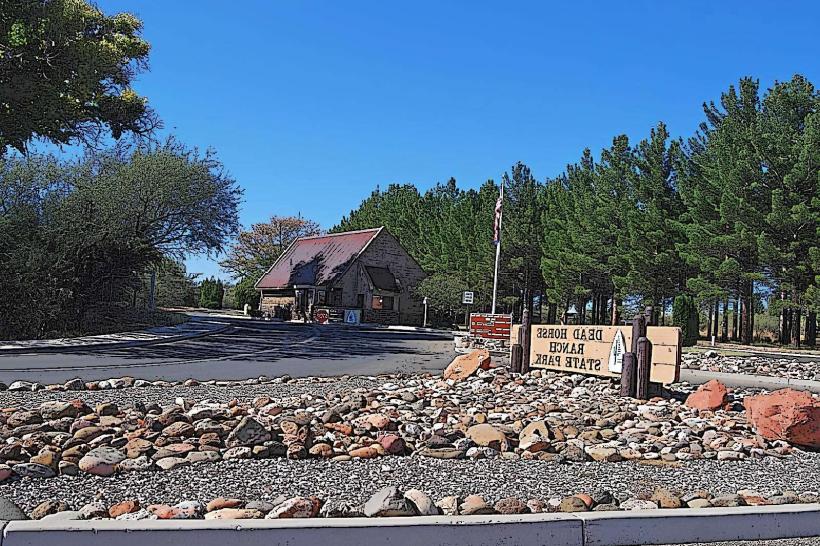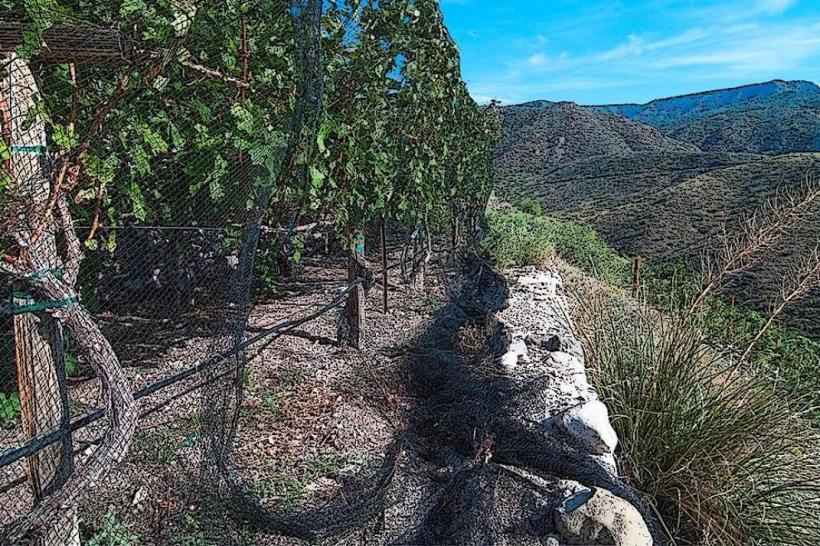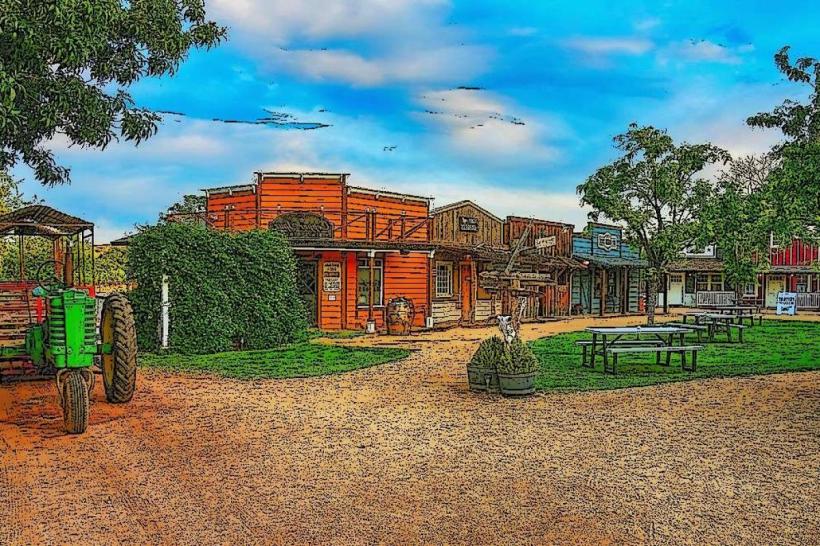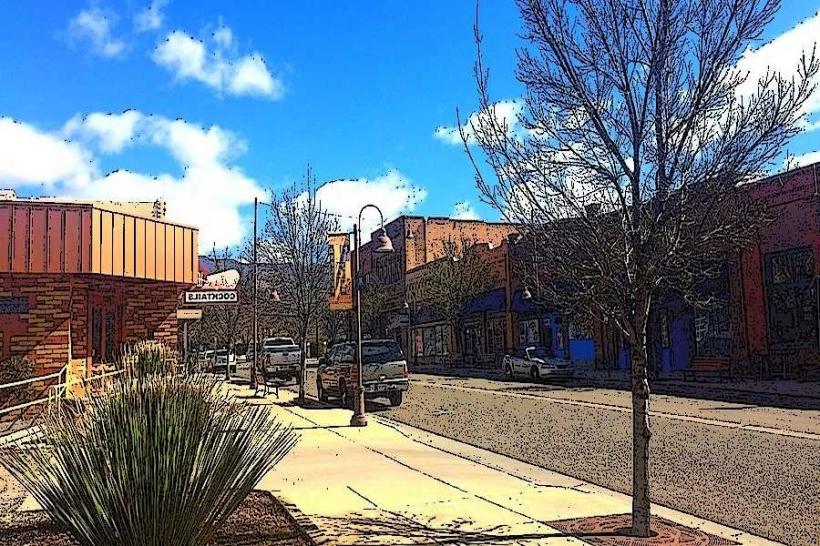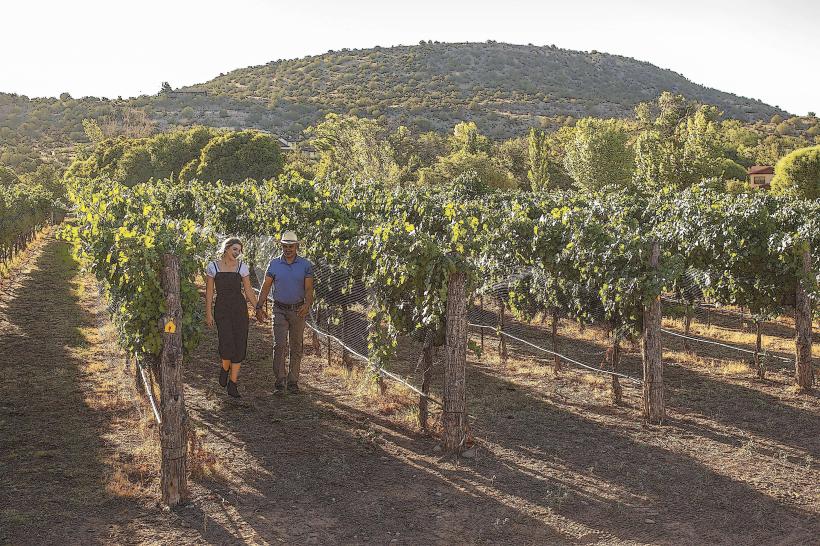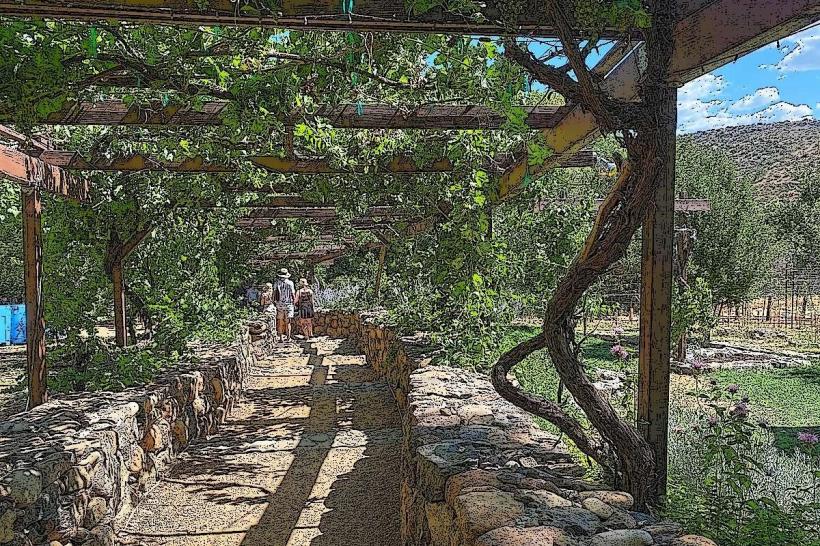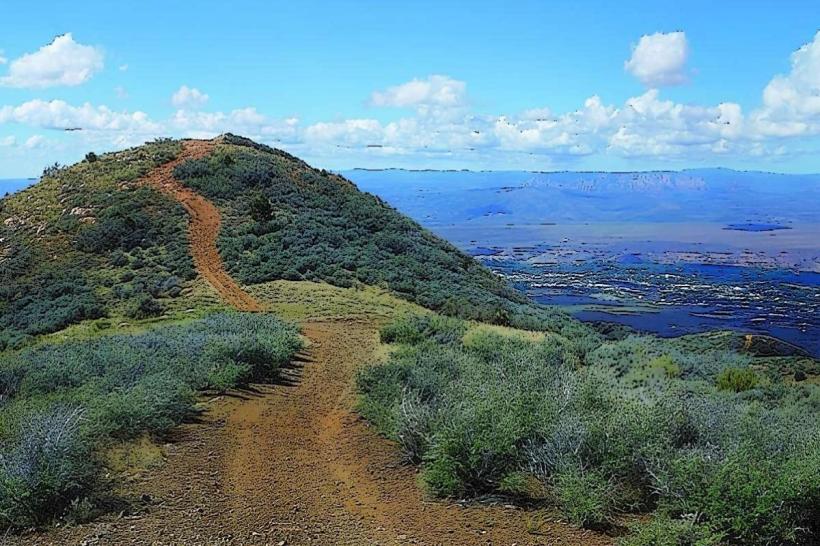Information
Landmark: Clemenceau Heritage MuseumCity: Cottonwood
Country: USA Arizona
Continent: North America
Clemenceau Heritage Museum, Cottonwood, USA Arizona, North America
Overview
In Cottonwood, Arizona, the Clemenceau Heritage Museum keeps the Verde Valley’s past alive, preserving artifacts and stories-like worn miners’ tools-that capture the region’s rich history, at the same time it’s tucked inside the historic Clemenceau Public School, built in 1923–1924, a sturdy brick landmark that tells the story of early 20th-century classrooms and the growing community of northern Arizona.Honestly, The museum takes its name from Clemenceau, once a bustling company town called Verde, founded in 1917 by James “Rawhide” Douglas, where the smell of smelter smoke hung in the air, subsequently this town was both home and marketplace for the men and women who worked at the nearby United Verde Extension copper smelter, a roaring industrial giant that fueled the area’s economic rise.In 1920, the town was renamed Clemenceau in honor of Georges Clemenceau, France’s Premier during World War I and a close friend of Douglas, a choice that echoed its roots in both local pride and far-reaching global connections, simultaneously from the day Clemenceau Public School opened its doors in the 1920s until the final bell rang in 1986, it stood at the heart of the community.Turning it into a heritage museum saves the building and keeps its ties to the region’s educational and social past alive, like the echo of chalk on an ancient classroom blackboard, to boot the museum sits inside the timeworn schoolhouse, its high windows and worn wooden floors preserving much of the building’s original character.As visitors wander through the museum, it feels like stepping into another time-rooms still hold the worn wood floors and faded paint of their mid-20th-century past, carefully preserved or recreated to match the originals, while walking through the school’s classrooms, hallways, and offices, you can almost hear the shuffle of shoes and the murmur of voices, as the space vividly captures the daily life of the town’s people-especially the children and teachers who once filled it.At the Clemenceau Heritage Museum, shelves and glass cases brim with artifacts and displays that tell the layered story of the Verde Valley-from its indigenous beginnings and the clang of the mining boom, through years of settlement, right up to the present day, along with permanent and rotating exhibits feature Indigenous artifacts-stone tools worn smooth from use, baskets, and everyday items once handled by the Sinagua and Yavapai peoples-showing how they lived and adapted to the land that was their home.Step inside early 1900s homes, with kitchens smelling faintly of wood smoke and bedrooms dressed in lace, and you’ll glimpse the era’s living conditions, its technology, and the everyday customs that shaped domestic life, simultaneously historic Classroom: Step inside a mid-century room lined with wooden desks, a dusty chalkboard, and worn textbooks, capturing the way lessons once unfolded in a slight mining town.Telephone Operator Station: Step inside and glimpse how early operators kept towns connected, their hands flying across switchboards as technology-and community-grew together, meanwhile mining, ranching, and farming artifacts-rusted tools, faded photographs, worn documents, and ancient equipment-tell the story of the work that built this area, capturing the grit and determination of its settlers and laborers.Curiously, The museum’s rotating collections spotlight rare finds from its archives and local donors-Fiestaware pottery with its shining glaze, delicate vintage perfume bottles, cowboy and cowgirl belt buckles, antique clocks that tick softly, and quirky salt and pepper shakers, besides the exhibits open a window into the region’s past, showing how people lived, what they made, and the styles that shaped their world through the years, in some ways One of the museum’s highlights is a model railroad diorama, detailed down to tiny streetlamps glowing beside the tracks, along with this working model shows the nine railroads that once ran through the Verde Valley, a vital lifeline for moving goods and people-imagine the clang of wheels echoing off the red cliffs.I think, The layout gives you a close-up peek at how railroads stitched together towns, mines, and markets, carrying copper and other vital goods-like crates stacked high in a station-into the heart of the local economy, as a result beyond the main exhibits, the museum grounds hold several preserved buildings that bring Clemenceau’s past to life-like the Clemenceau Bank Building, opened in 1918, its historic brass teller windows recalling a time when banking fueled local industry and helped residents thrive.Reconstructed Post Office: This careful recreation of the early 1900s mailroom shows how letters and parcels once carried Clemenceau’s news and trade to far-off places, keeping the town connected and business thriving, in addition run almost entirely by volunteers from the Verde Historical Society, the Clemenceau Heritage Museum welcomes visitors as a site to learn local history and as a hub where the town’s pride gathers, much like voices echoing in its antique wooden halls.It keeps alive the stories of many groups-indigenous families, Mexican-American laborers, miners with dust on their boots, and settlers-whose work and lives shaped the growth of the Verde Valley, what’s more the museum hosts hands-on workshops, lively festivals, and community projects that draw in both visitors and locals, helping them explore and value the history they share.You can visit the Clemenceau Heritage Museum on Tuesdays, Wednesdays, Fridays, and Saturdays, with doors opening late in the morning and closing by mid-afternoon, besides it’s free to get in, making it easy for anyone to wander through and discover the region’s past-maybe even pause over a weathered map or faded photograph.You’ll find the museum at 1 North Willard Street in Cottonwood, just a quick turn off the main road for anyone passing through the Verde Valley, then just minutes from other historic sites and rugged desert trails, it’s a must-visit for anyone wanting a vivid, boots-on-dust glimpse into Arizona’s mining past and the daily rhythm of its community life, in a sense The Clemenceau Heritage Museum holds the stories of Verde Valley, tucked inside a former schoolhouse where chalk once squeaked across blackboards and the town gathered to learn, as a result through its sweeping exhibits, weathered brick buildings, and hands-on collections, it paints a vivid, layered portrait of the people, industries, and cultures that shaped the region.By protecting its treasures and drawing the community in, the museum keeps Clemenceau’s story-and the wider Verde Valley-alive, letting visitors run their fingers over worn wood and feel history within reach for generations to come.
Author: Tourist Landmarks
Date: 2025-10-06

